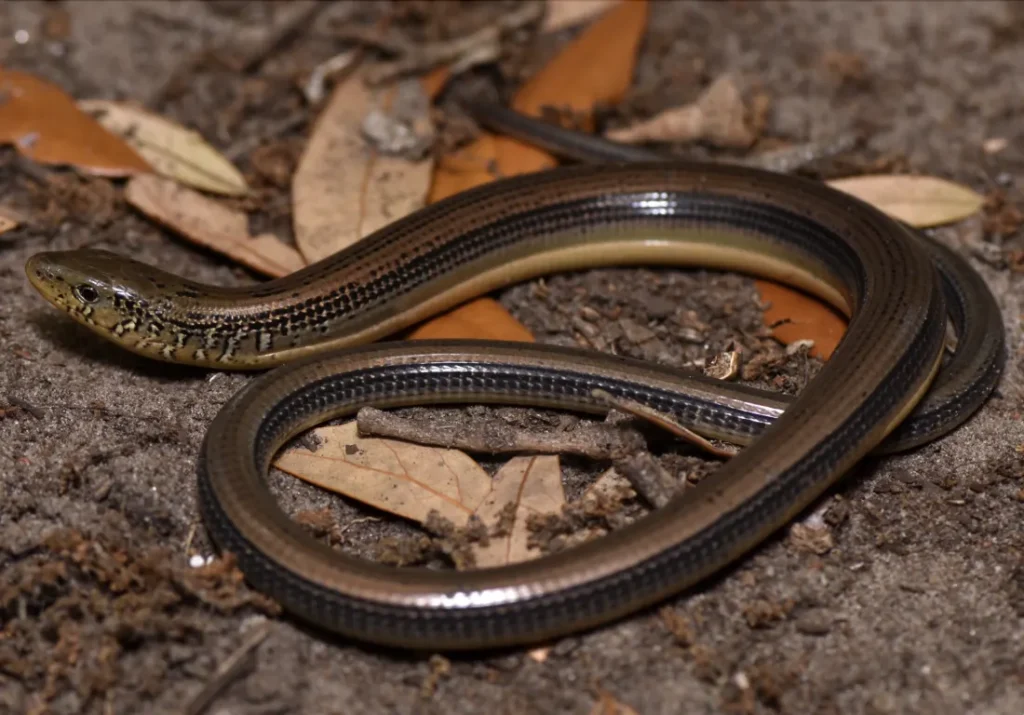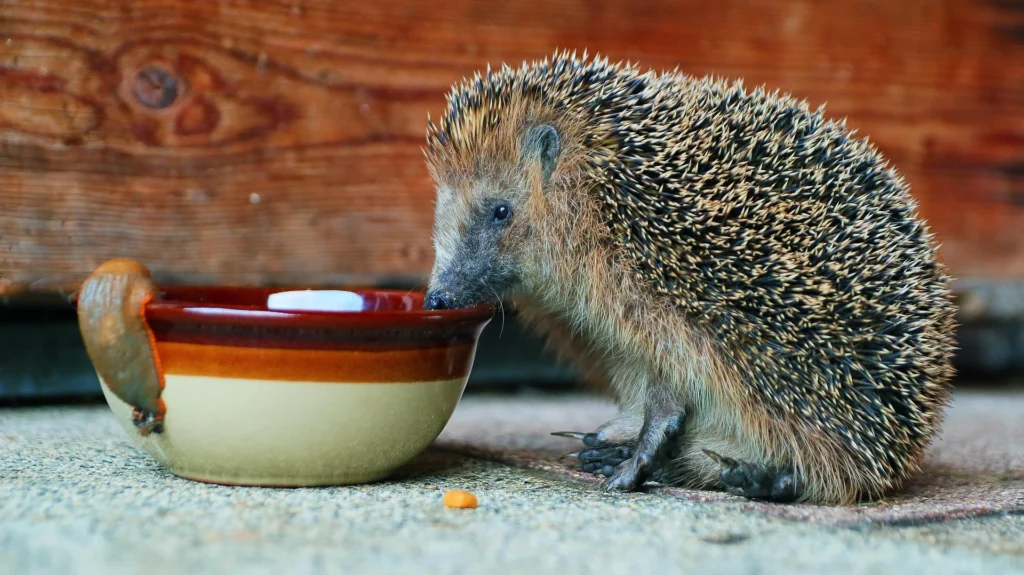The lizard that looks like a snake is called a legless lizard. Although it closely resembles a snake due to its elongated, limbless body, it is a completely different reptile with distinct features that set it apart from true snakes.
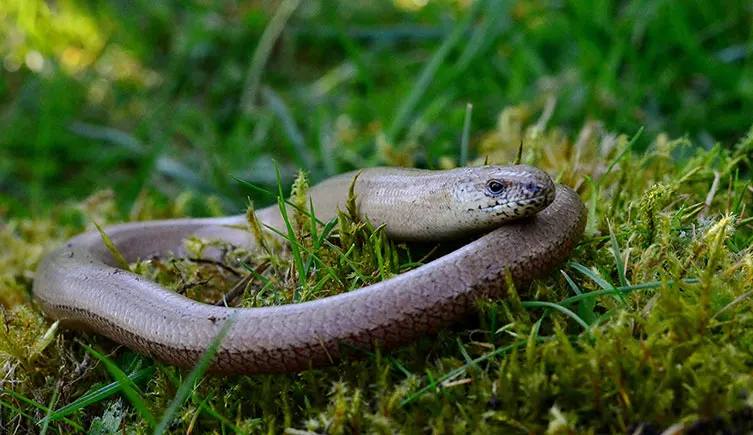
What is the lizard that looks like a snake called?
A legless lizard is exactly what it sounds like: a lizard that has evolved to live without legs. While it may appear identical to a snake at first glance, it actually retains many core lizard characteristics that snakes have lost over time.
There are dozens of species of legless lizards, and they can be found all over the world—from grasslands in the U.S. to deserts in Australia. They belong to different families and genera, but all share a common feature: their snakelike, elongated body.
Many reptiles have fascinating adaptations that blur the lines between species. If you’re intrigued by creatures that defy expectations, you might enjoy reading about the Giant Tortoise as a Pet.
Lizard That Looks Like a Snake
Lizard That Looks Like a Snake: Some lizards have evolved to look very similar to snakes, often lacking visible legs and having long, slender bodies. Despite their appearance, they are still lizards with distinct features like eyelids and ear openings. Here’s a list of lizards that resemble snakes.
1. Slow Worm (Anguis fragilis)
- Location: Europe and western Asia
- Looks Like: A small snake
- Key Traits: Legless, smooth scales, movable eyelids (unlike snakes)
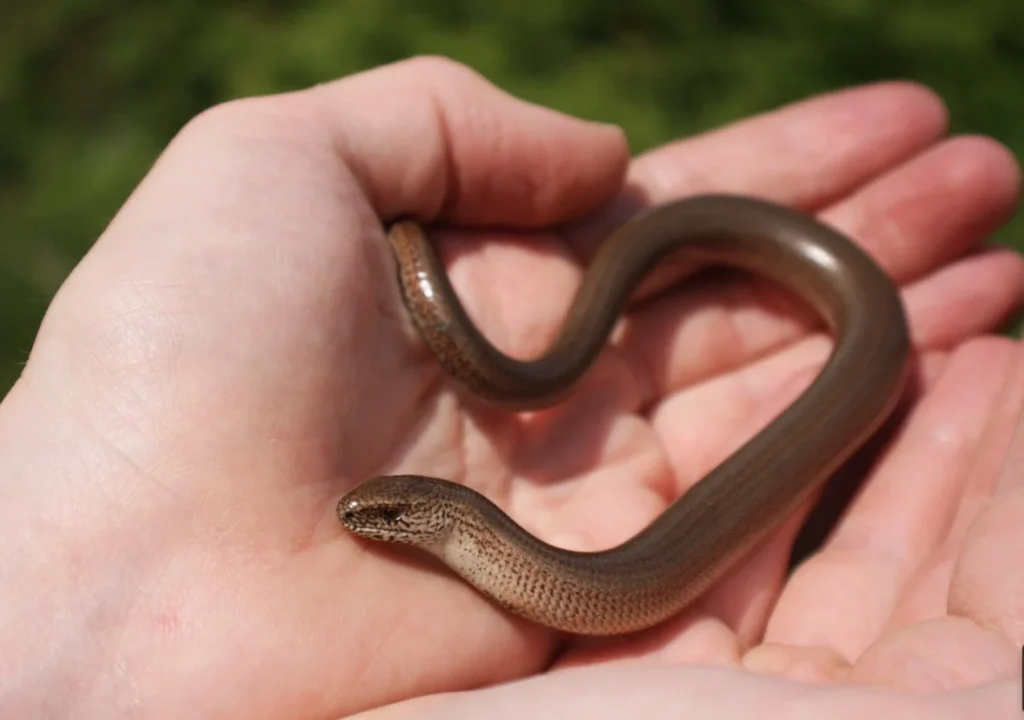
2. Glass Lizard (Ophisaurus spp.)
- Location: North America, Europe, Asia
- Looks Like: A long, thin snake
- Key Traits: Legless, can break tail like glass, has eyelids and external ear openings
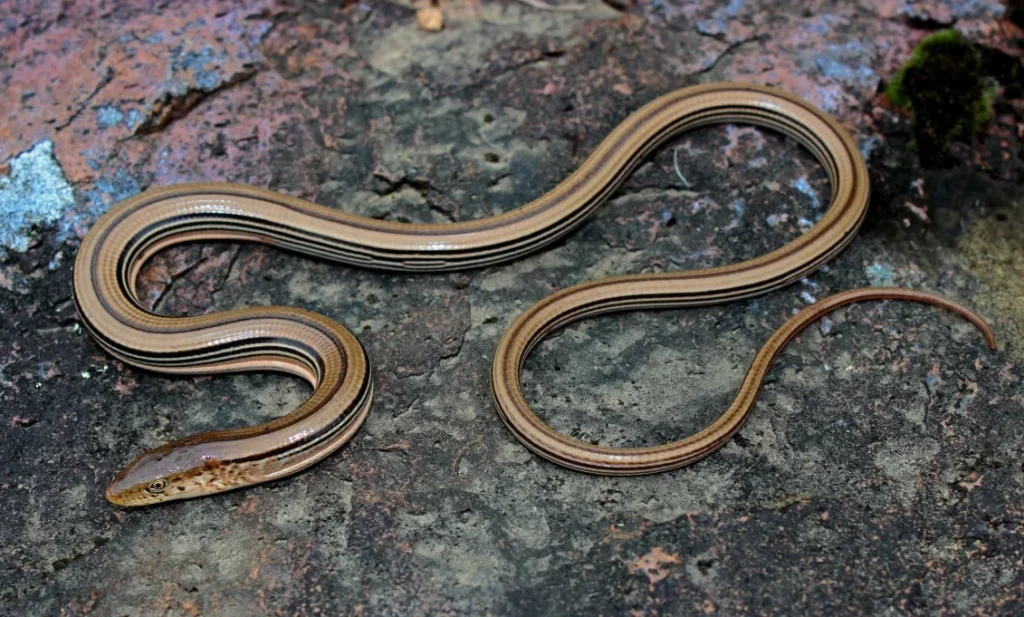
3. Sheltopusik (Pseudopus apodus)
- Also Known As: European legless lizard
- Location: Southeastern Europe and Central Asia
- Looks Like: A large, thick-bodied snake
- Key Traits: Tiny vestigial limbs, visible ear openings, movable eyelids
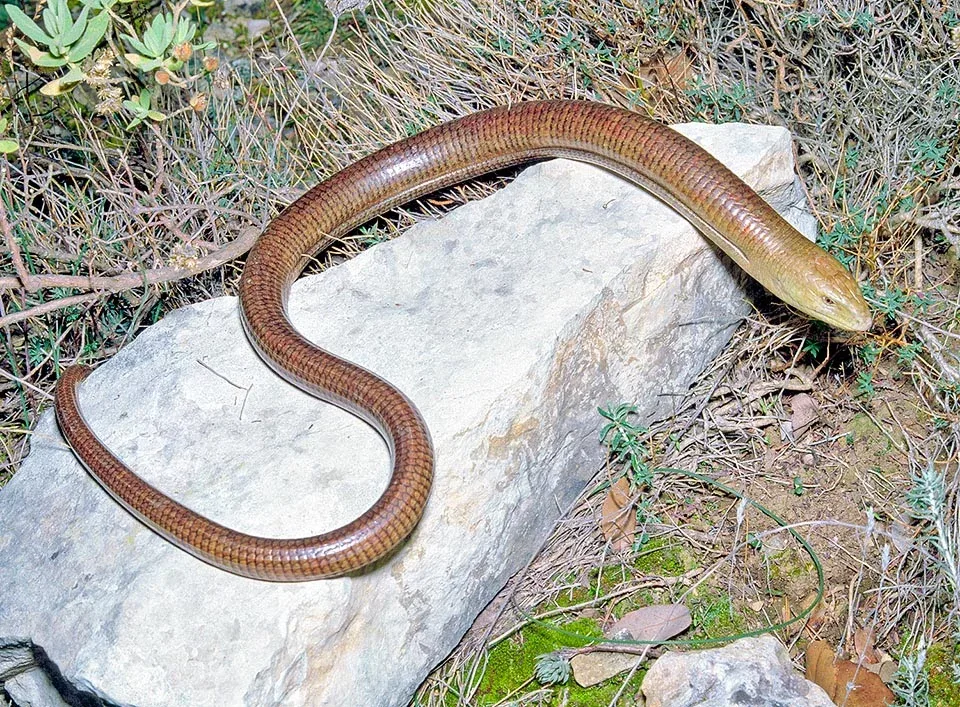
4. Asian Glass Lizard (Dopasia spp.)
- Location: Asia
- Looks Like: A glossy, snake-like creature
- Key Traits: Legless, eyelids, external ears
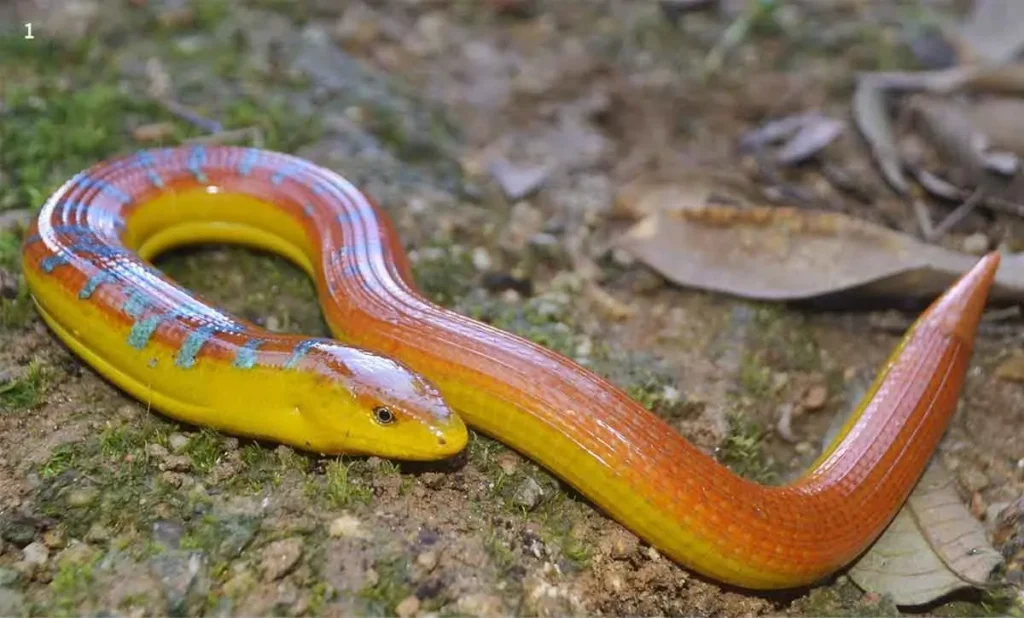
5. Worm Lizards (Amphisbaenians)
- Location: Tropical and subtropical regions worldwide
- Looks Like: Pink or brown earthworms or small snakes
- Key Traits: Burrowing lifestyle, reduced or no limbs, scaly cylindrical bodies
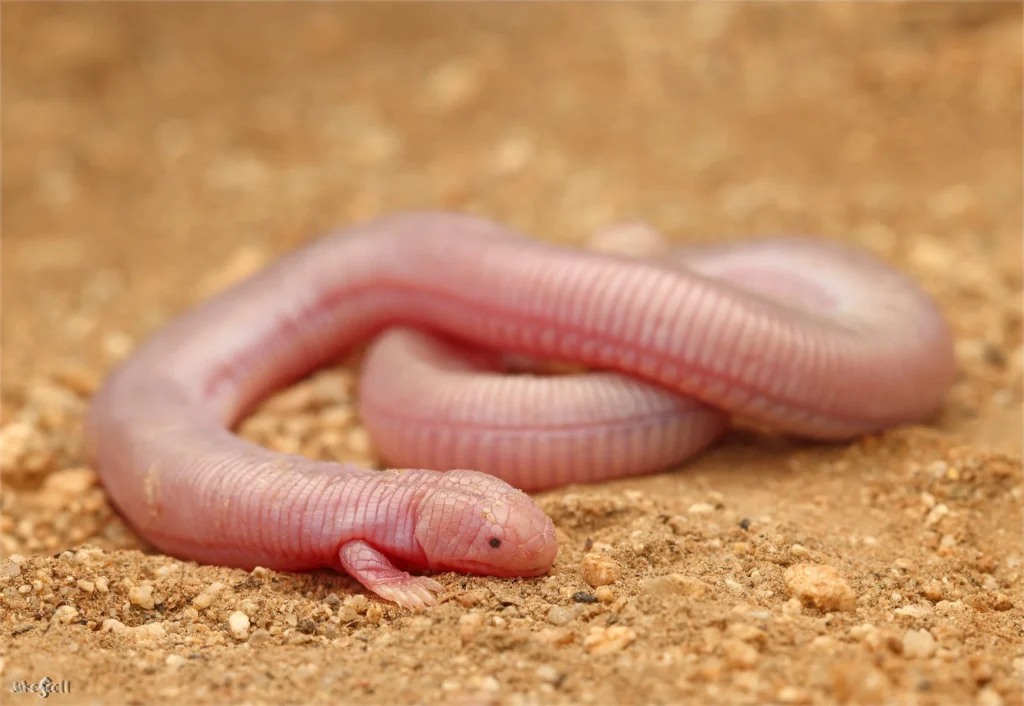
These lizards often get mistaken for snakes but can be identified by features like eyelids and ear openings, which snakes lack.
Why Do Some Lizards Look Like Snakes?
This isn’t a mistake of nature—it’s evolution at work. Over millions of years, some lizards lost their limbs to adapt to environments where slithering through soil, sand, or grass made more sense than walking. It’s called convergent evolution, where different species develop similar traits to solve the same problem.
Snakes and legless lizards faced similar challenges, so both evolved elongated, limbless bodies. But inside, they’re very different animals.
For those considering unusual reptilian companions, our guide on Keeping an Alligator as a Pet provides valuable insights into one of the most challenging pet choices.
Are Legless Lizards Related to Snakes?
Yes—but distantly. Both snakes and legless lizards evolved from a common lizard ancestor. However, snakes split off the evolutionary tree a long time ago and went down a very different path.
Snakes developed extreme jaw flexibility to swallow prey whole, lost eyelids, and developed forked tongues and heat-sensing organs. Legless lizards still retain many traditional lizard traits—they just got rid of the legs.
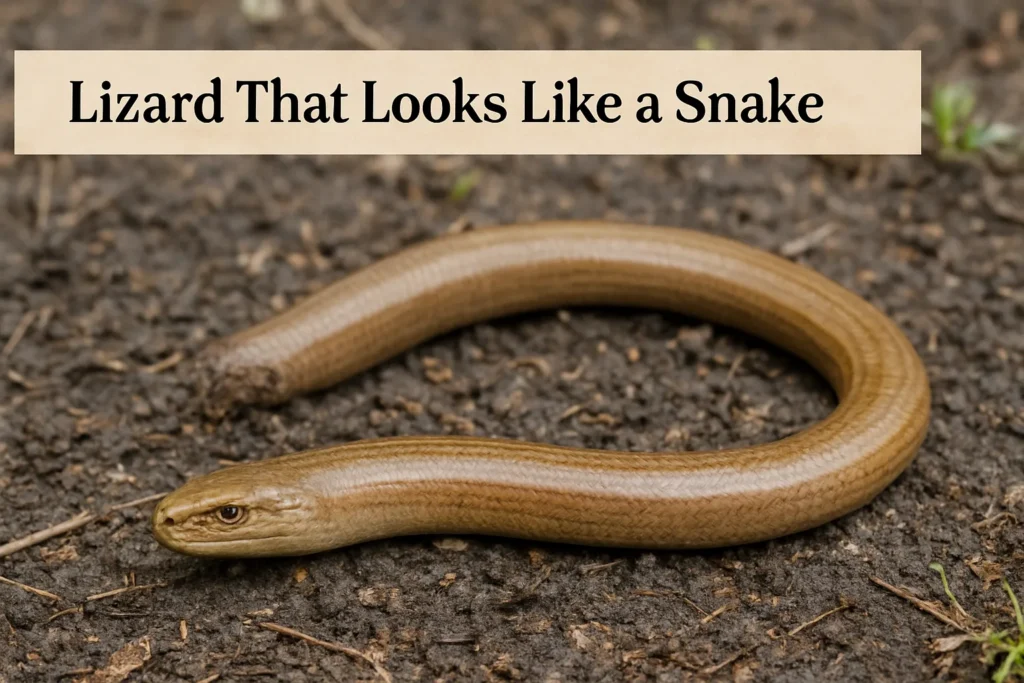
Where Are These Snake-Like Lizards Found?
Legless lizards live on every continent except Antarctica. Here are a few famous ones:
- Eastern Glass Lizard (Ophisaurus ventralis) – Found in the southeastern U.S., this one can shed its tail like glass.
- European Slow Worm (Anguis fragilis) – Common in gardens across Europe; smooth, shiny, and often mistaken for a baby snake.
- Pygopodid Lizards – Native to Australia, these lizards belong to a unique family with tiny remnants of back legs.
- California Legless Lizard – Buries itself in sand and only surfaces occasionally, usually after rain.
Each of these reptiles plays an important role in its ecosystem, especially in pest control.
Are Legless Lizards Dangerous?
No, legless lizards are not dangerous. Unlike some snakes, they have no venom, no fangs, and generally pose no threat to humans or pets. In fact, many gardeners welcome species like the slow worm because they eat insects and pests.
More About Lizard That Looks Like a Snake
1. Is a glass lizard poisonous?
No, glass lizards (genus Ophisaurus) are not poisonous (toxic if ingested) or venomous (able to inject venom through a bite). They are non-aggressive, harmless reptiles that pose no danger to humans or pets.
Despite their snake-like appearance, they lack fangs, venom glands, or any toxic chemicals. Their primary defense mechanisms are camouflage, quick movement, and tail autotomy—they can drop part of their tail to escape predators.
2. What lizard has a snake-like body?
Lizards with snake-like bodies are called legless lizards.
The most well-known group is the glass lizards, which look very much like snakes due to their elongated bodies and lack of visible limbs.
However, they differ from snakes in a few key ways:
- They have eyelids (snakes do not; snakes have a clear scale called a spectacle).
- They have external ear openings (snakes do not).
- Their tongues are not forked like those of snakes.
- Some species have tiny vestigial limbs near the rear of the body, but these are usually not functional.
Glass lizards are found primarily in North America, Europe, and parts of Asia.

3. Can you pick up a legless lizard?
Yes, you can pick up a legless lizard, but it must be done carefully and respectfully.
Here are some tips:
- Support their body along its length—don’t pick them up by the tail alone, as this can cause injury or trigger tail autotomy.
- Move slowly and avoid sudden motions so the lizard doesn’t feel threatened.
- Be aware that wild lizards may be stressed by handling, and it’s often best to observe them without physical contact unless necessary.
In captivity (like in reptile collections or zoos), they can become accustomed to gentle handling.
4. Do legless lizards bite?
Legless lizards can bite, but it’s rare and usually not harmful. They are generally shy, non-aggressive creatures.
They may bite only if:
- They feel cornered or threatened.
- They are handled roughly or restrained.
- It’s breeding season, and they are more territorial.
The bite is not venomous, and even if it breaks the skin (which is uncommon), it usually causes little more than a scratch. Always wash your hands after handling reptiles due to the small risk of salmonella.
5. Can a lizard survive without a leg?
Yes, many lizards can survive without one or more legs, especially if the injury is clean and does not become infected.
Lizards are resilient and can adapt to limb loss, though their mobility may be reduced. In the wild, this might make it harder to escape predators or hunt.
In captivity, where they don’t need to fend for themselves, a three-legged lizard can live a long, healthy life. However, unlike their tails, lizards cannot regrow legs.
